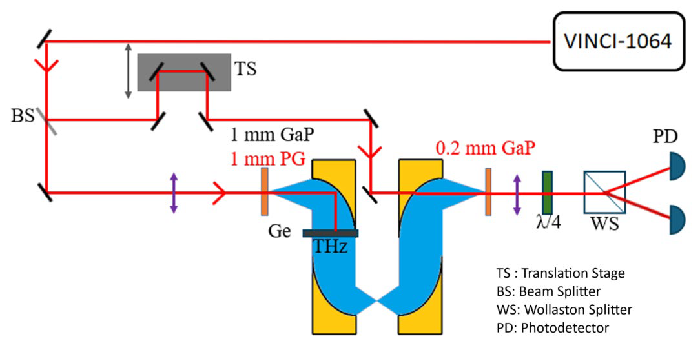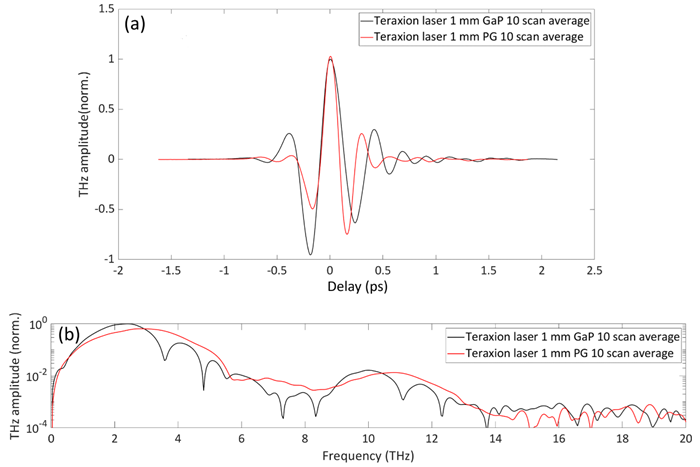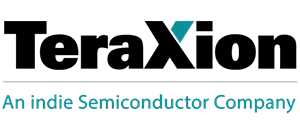Sponsored by indieReviewed by Olivia FrostNov 19 2024
Femtosecond (fs) lasers have many prospects and are influential in the medical, scientific, and industrial fields. A wide array of ultrafast laser products are currently available, emitting at numerous wavelengths in the near-infrared and visible ranges.
Recently, several companies have launched alternatives to the outdated, expensive, complex, and frequently unreliable ultrafast lasers previously on the market. This application note serves as a guide for selecting a laser source that will best meet the requirements of terahertz generation.

Image Credit: TeraXion Inc.
Technology
Terahertz radiation has distinctive properties, including its ability to penetrate a range of non-conductive materials (such as plastics, fabrics, and biological tissues) without causing ionization. This makes terahertz waves useful for detecting hidden weapons and explosives and for inspecting materials without causing damage.
Terahertz radiation in spectroscopy can recognize molecular signatures, making it valuable for biological research, chemical analysis, and pharmaceutical quality control. In the life sciences, non-ionizing terahertz radiation is useful for the high-resolution imaging of tissues, aiding medical diagnostics without the risks related to X-rays.
Generation
In the last twenty years, interest in terahertz applications has grown, spurring a continuing search for brighter, more effective terahertz radiation sources.
Deploying terahertz technologies relies heavily on the availability of compact, effective, and inexpensive terahertz sources. High-performance fs lasers are vital for achieving good terahertz generation.
Fs lasers are key tools for producing terahertz radiation because they can generate high-intensity and extremely short pulses. To achieve effective terahertz generation, a range of criteria must be reviewed carefully when choosing an fs laser.
One criterion that requires consideration is peak power. The very short duration of fs pulses leads to high peak powers, which are vital for nonlinear processes such as plasma generation and optical rectification.
Broadband emission also requires careful thought. Short pulse duration is linked to a large spectral bandwidth, allowing the generation of broadband terahertz radiation.
A final important criteria is cost. The large-scale deployment of terahertz technology will require inexpensive terahertz sources, for which cost-effective fs lasers are of the utmost importance.
Though compact fs lasers have become available in recent years, they do not yet meet peak power and cost-effectiveness application requirements. However, TeraXion has recently released a new line of fs lasers, the VINCI series, which feature very short pulse durations (50 fs) and high peak power (approaching 1 MW).
TeraXion VINCI-1064 is available in a compact and inexpensive format and is a key candidate for the large-scale deployment of terahertz technology.
Experimental Outcomes
Several methods, such as optical rectification, photoconductive antennas, and plasma generation, generate terahertz radiation via fs lasers.
Optical rectification with nonlinear optical crystals, such as ZnTe or GaP, has recently been successful. As illustrated in Figure 1, TeraXion’s new fs laser was used to produce terahertz radiation with GaP crystals.
Two types of crystals (a 1 mm thick Gap window and a 1 mm thick GaP window with a phase grating etched on its surface) were used, while a time-resolved spectrometer measured terahertz radiation.

Figure 1. Experimental Setup of THz Time-resolved spectrometer. Image Credit: TeraXion Inc.
Figure 2 shows that short terahertz pulses were acquired, resulting in a very large terahertz spectrum in the frequency domain for both types of crystals used for the experiment.

Figure 2. a) THz pulse signal and b) THz spectrum. Image Credit: TeraXion Inc.
Table 1 displays a summary of all experimental outcomes.
Table 1. Summary of experimental results. Source: Courtesy of Jean-Michel Ménard from the Ultrafast THz spectroscopy group at the University of Ottawa.
| Parameter |
Units |
Measured Value |
| Terahertz Peak Field |
kV/cm |
0.16 |
| Average Terahertz Power |
nW |
240 |
| Signal-to-Noise Ratio |
|
400 |
| Dynamic Range |
dB |
70 |
The results above demonstrate that TeraXion VINCI-1064 offers distinctive advantages for terahertz time-domain spectroscopy: high terahertz peak field and average power, high signal-to-noise ratios, high dynamic range, and generation over a very broad spectrum (several terahertz).
Conclusions
Terahertz radiation has several unique advantages, including penetrating non-conductive materials such as fabrics, plastics, and biological tissues without ionization.
Deploying such technologies successfully relies on the availability of compact, effective, and affordable terahertz sources. The TeraXion VINCI series of fs fiber lasers offers the unique amalgamation of very short pulse duration (typically 50 fs) and high peak power (approaching 1 MW). The series offers robust and affordable technology and features ideal candidates for the large-scale deployment of terahertz technology.

This information has been sourced, reviewed and adapted from materials provided by TeraXion Inc.
For more information on this source, please visit TeraXion Inc.